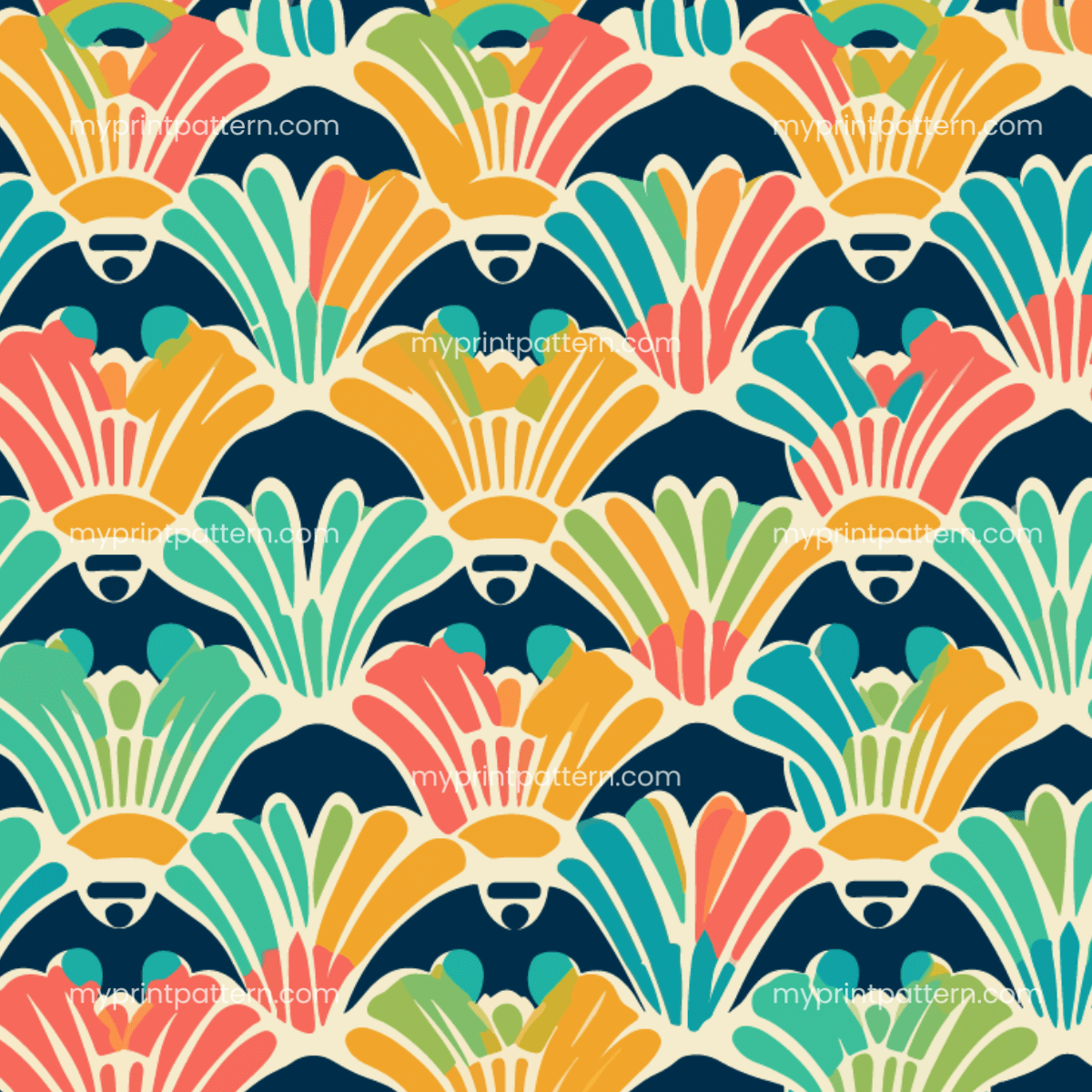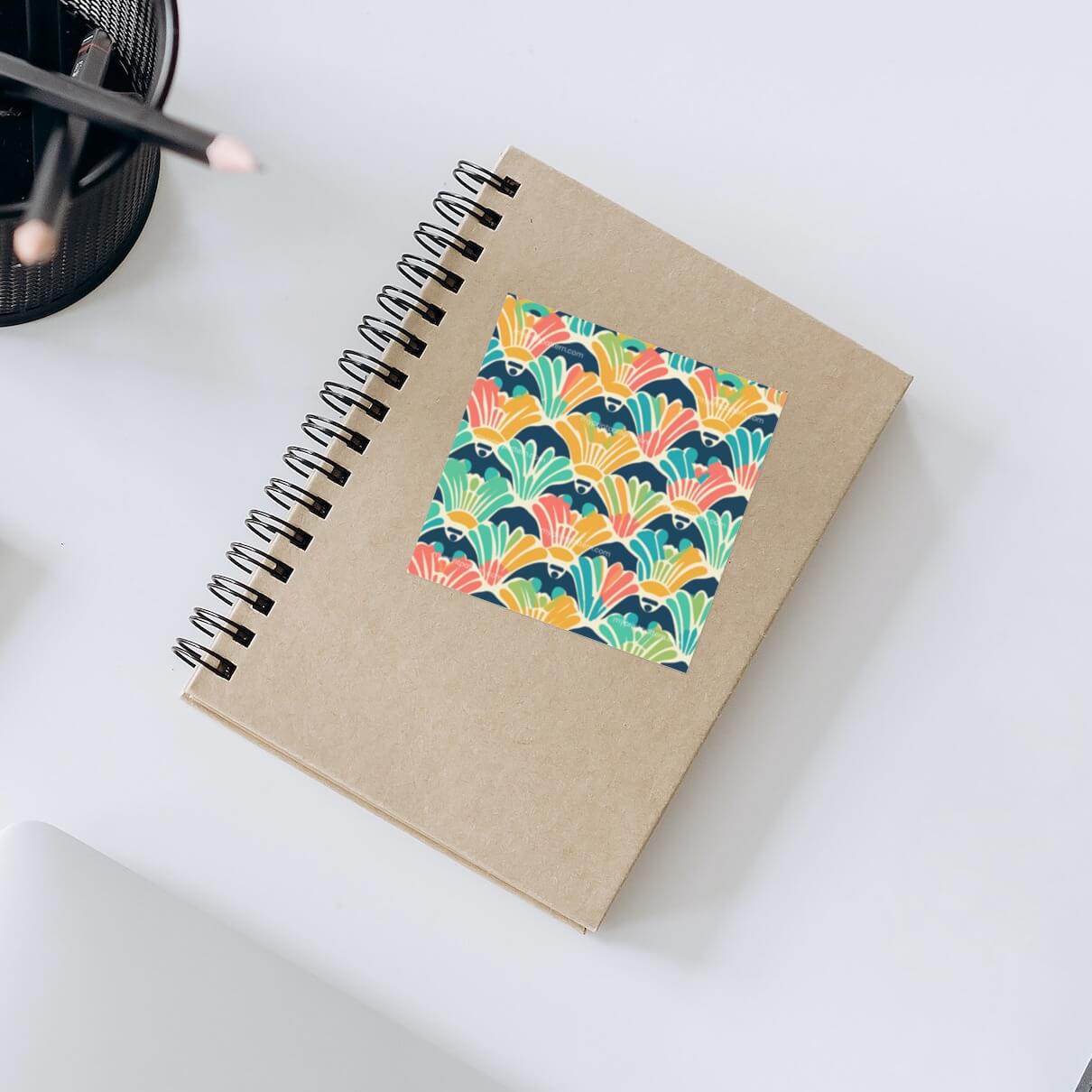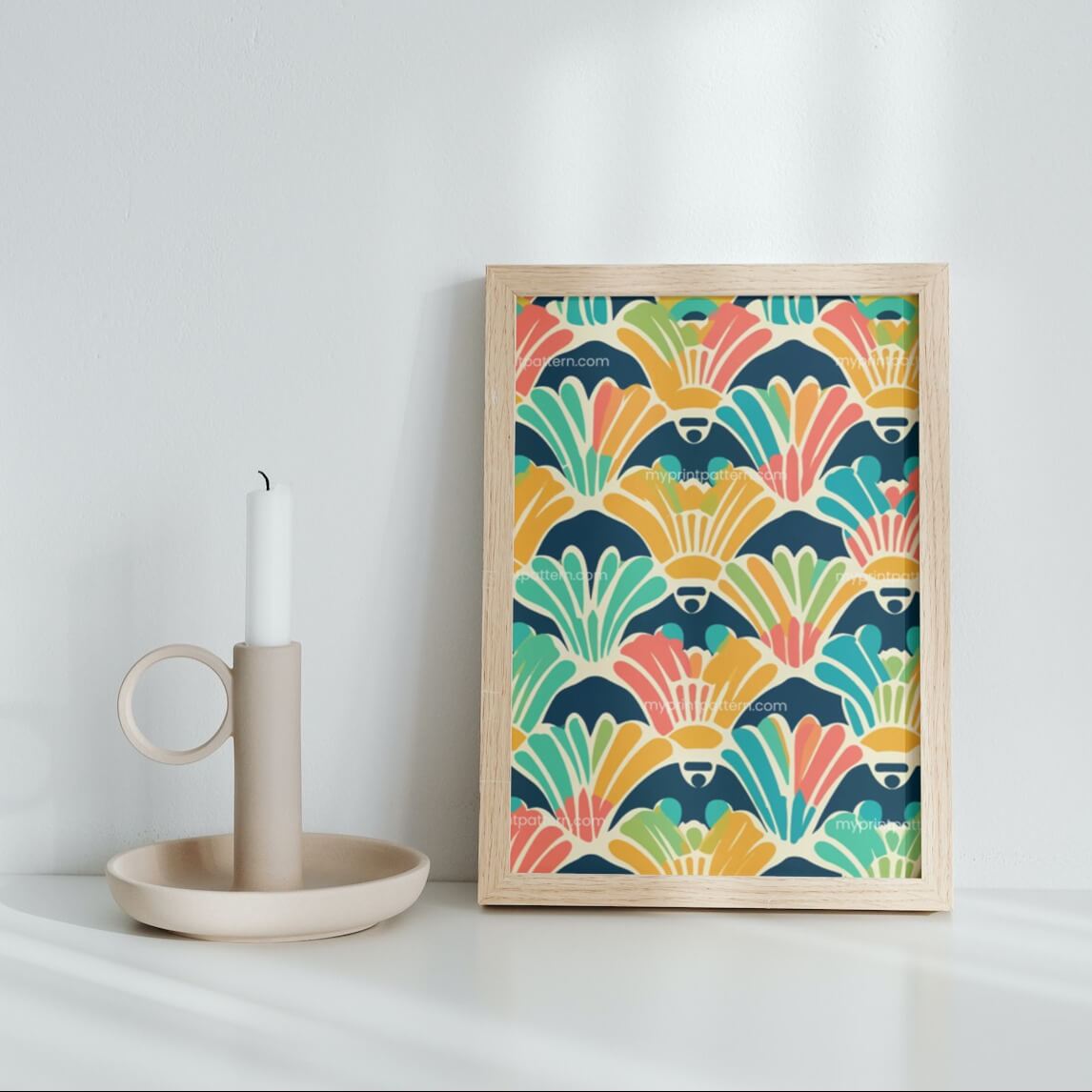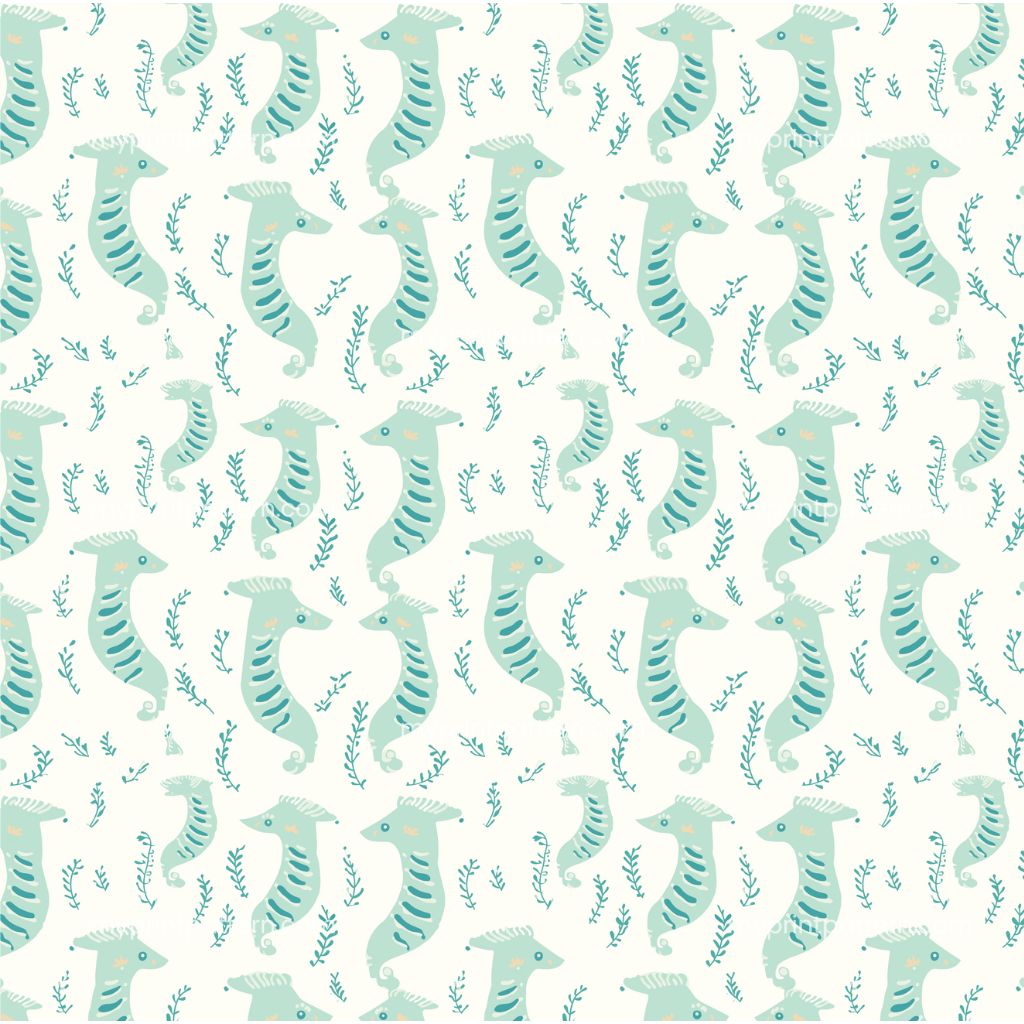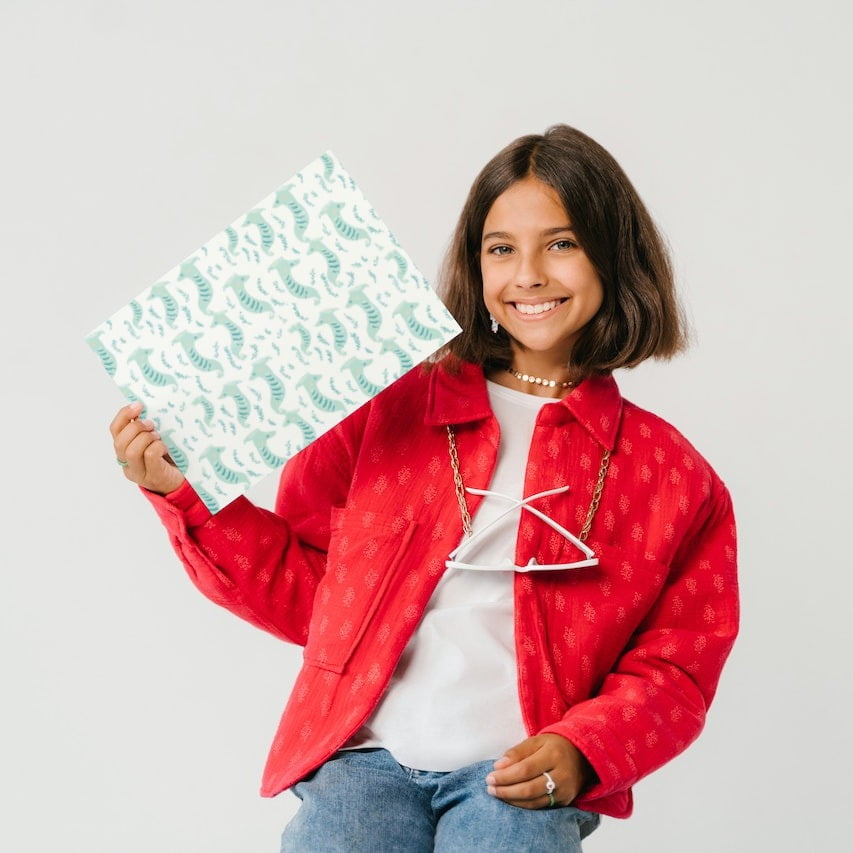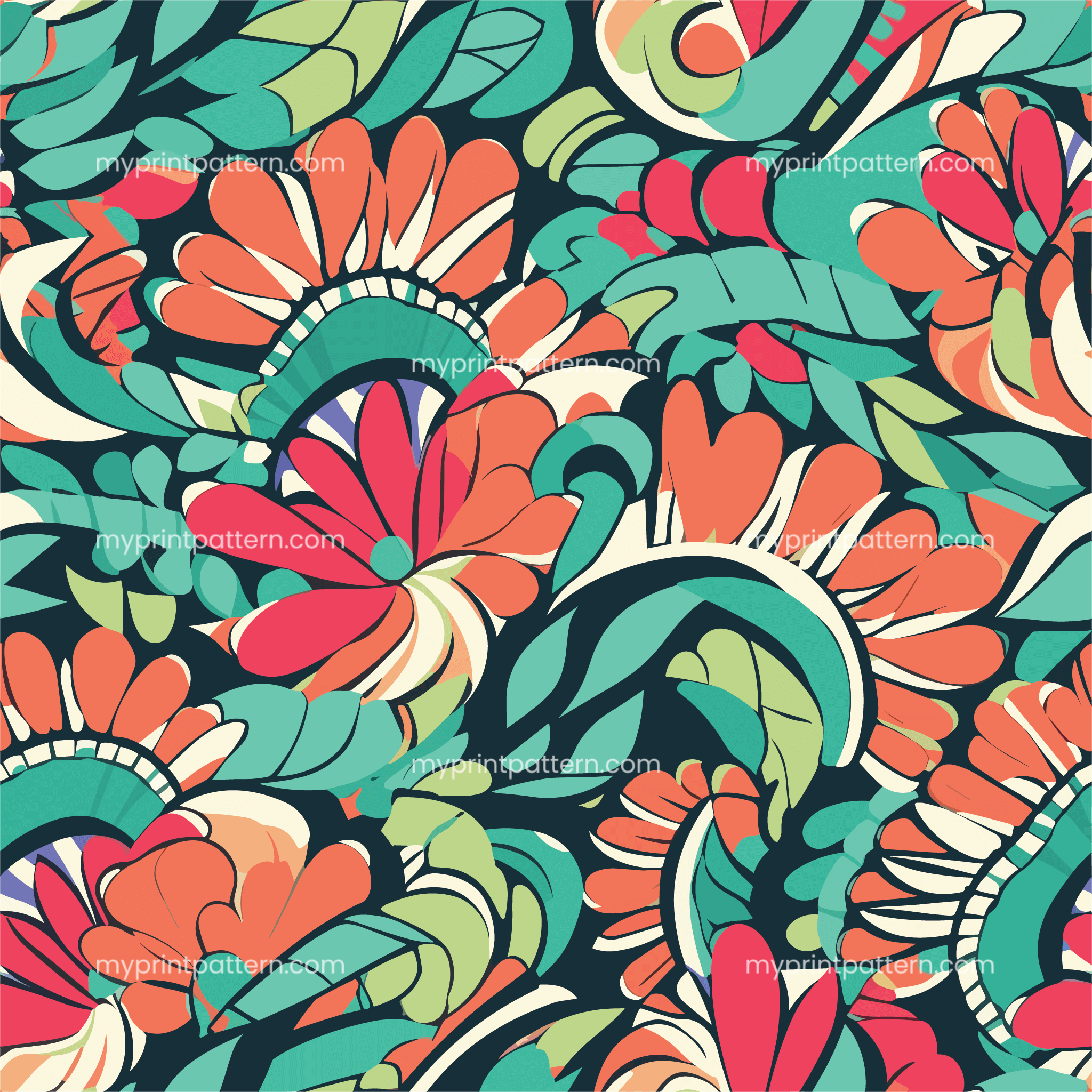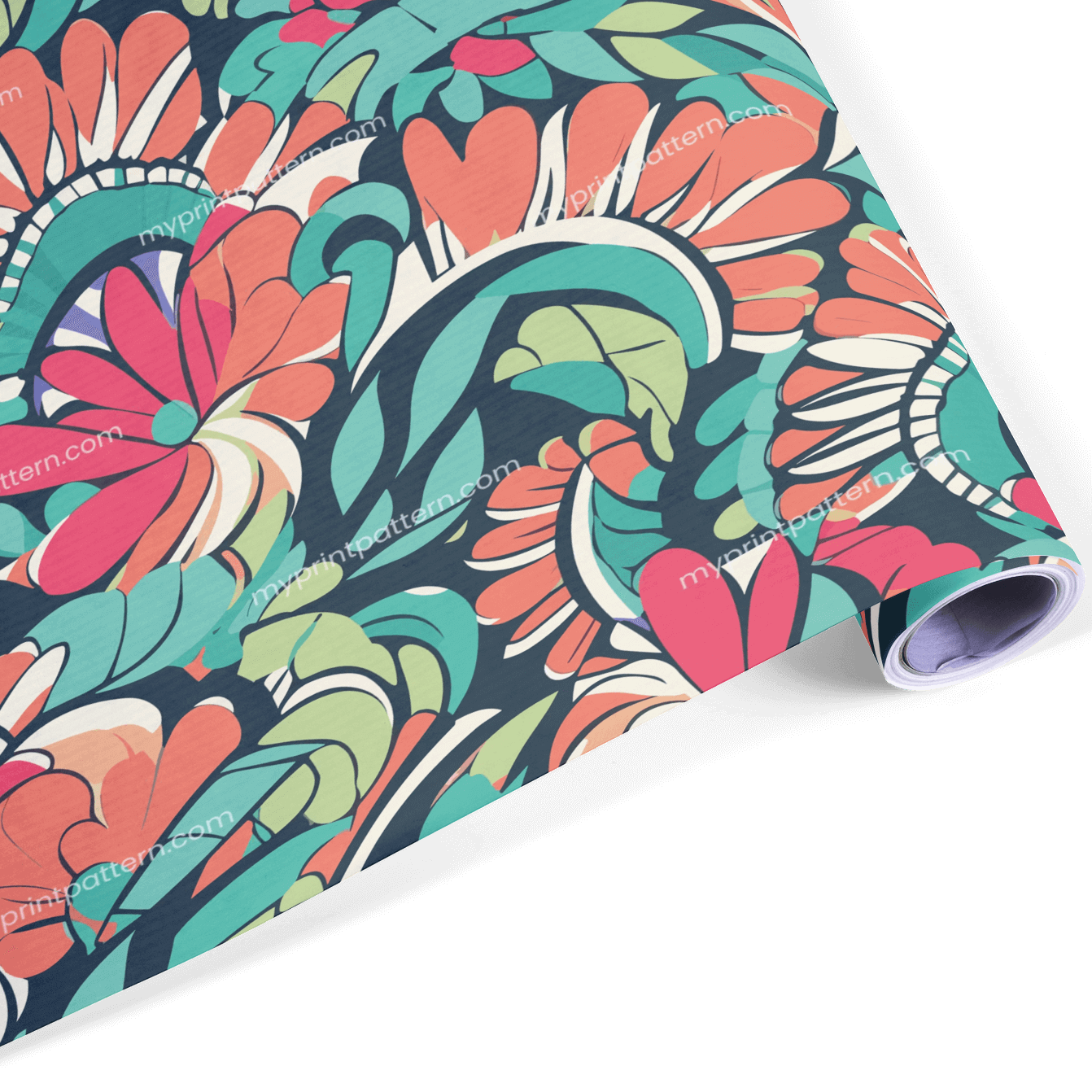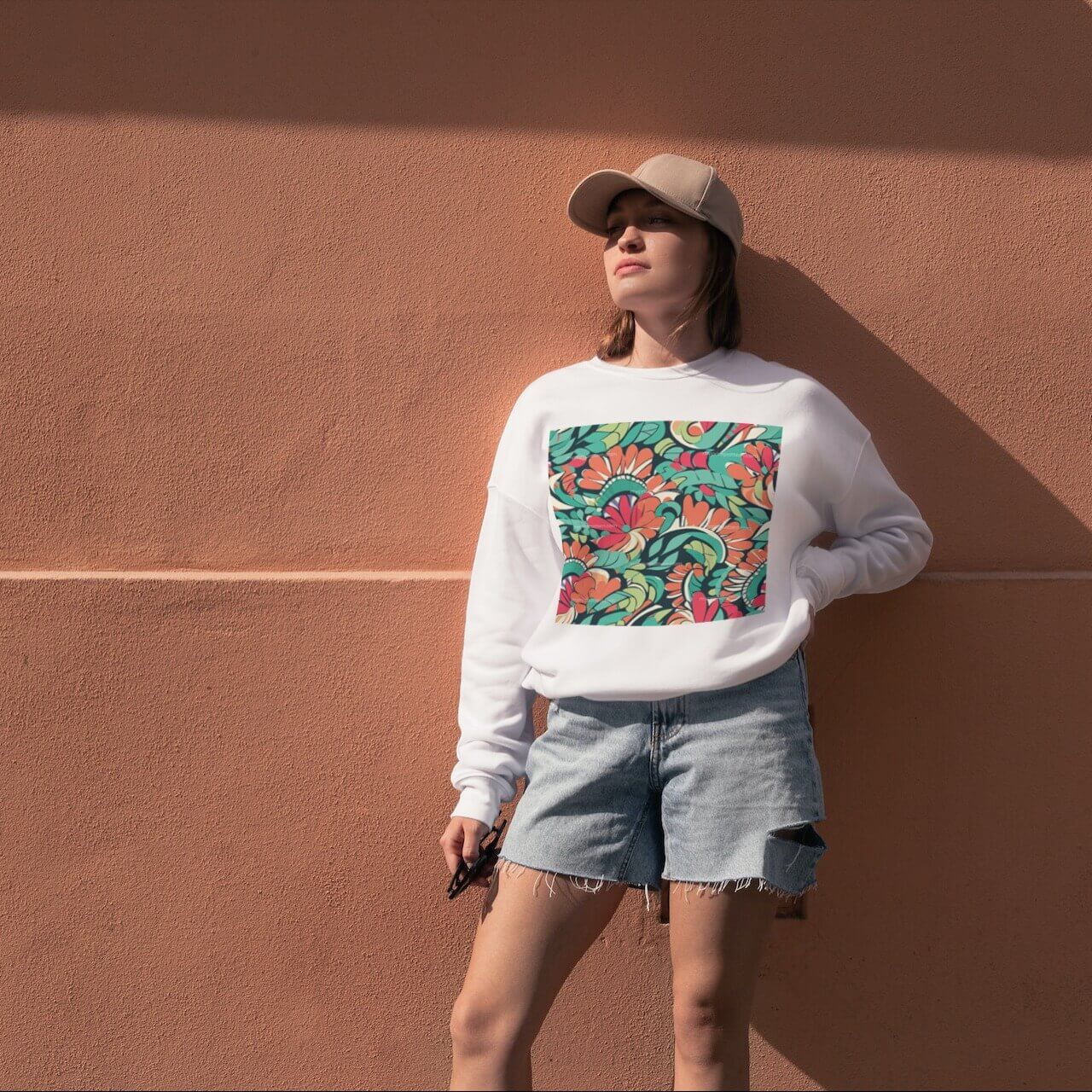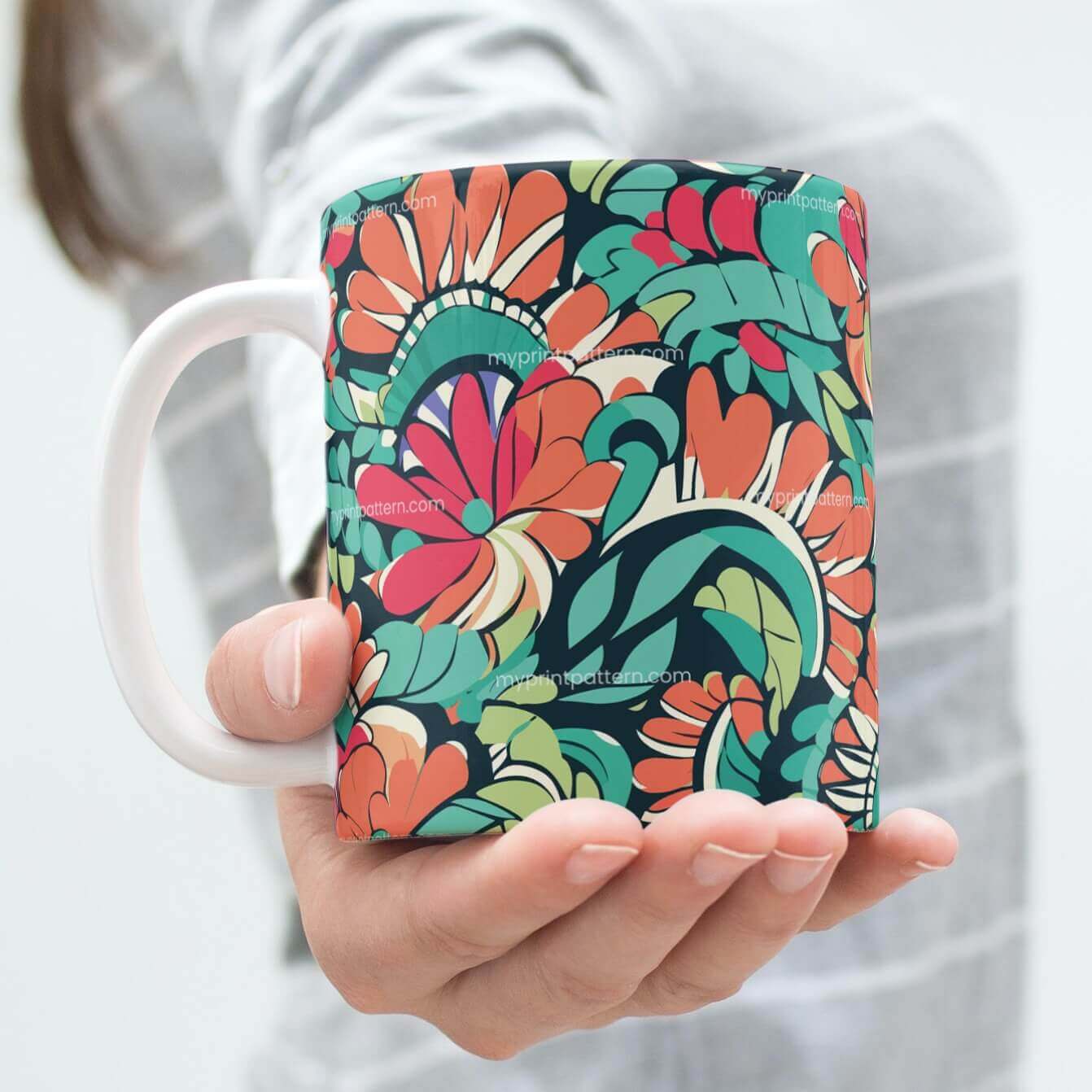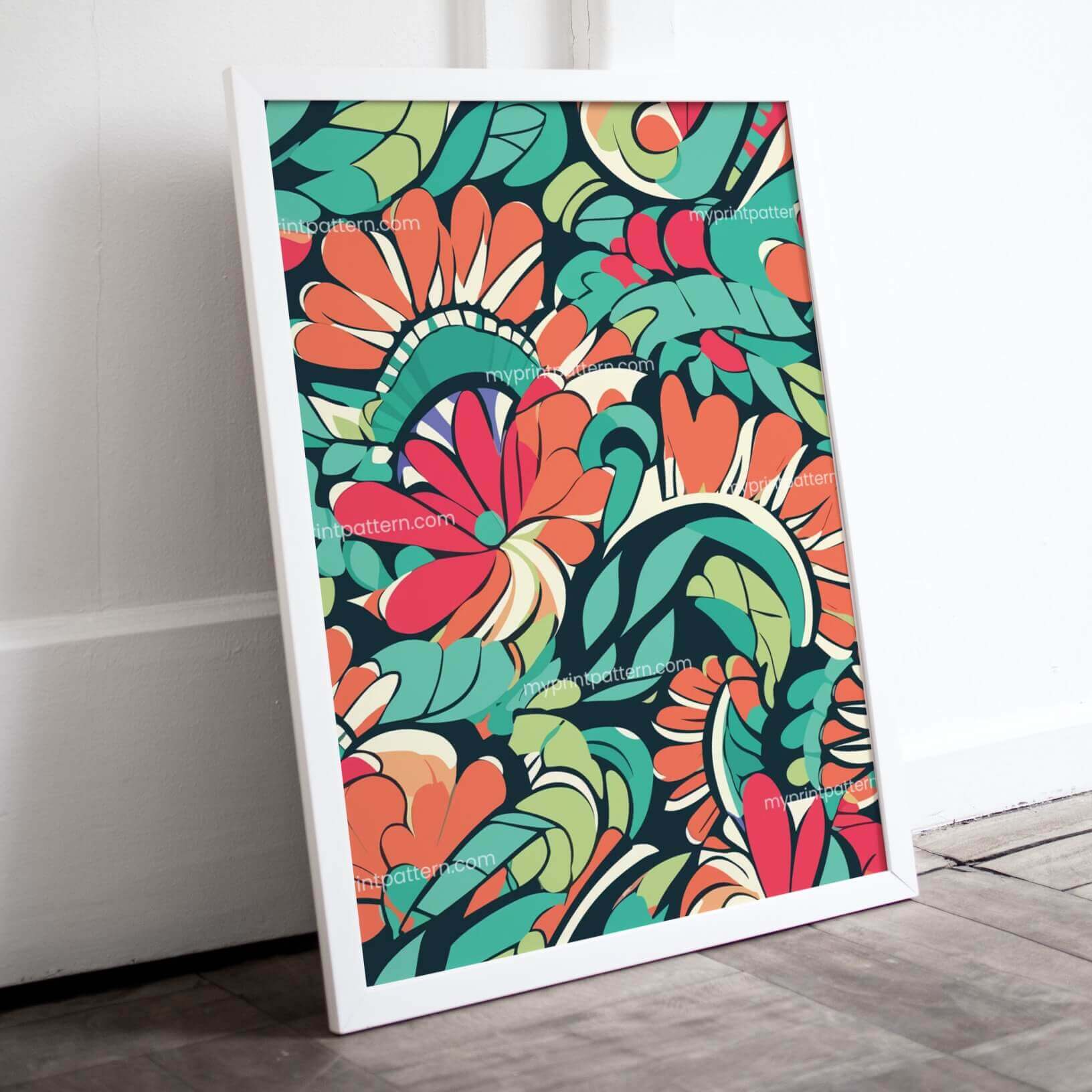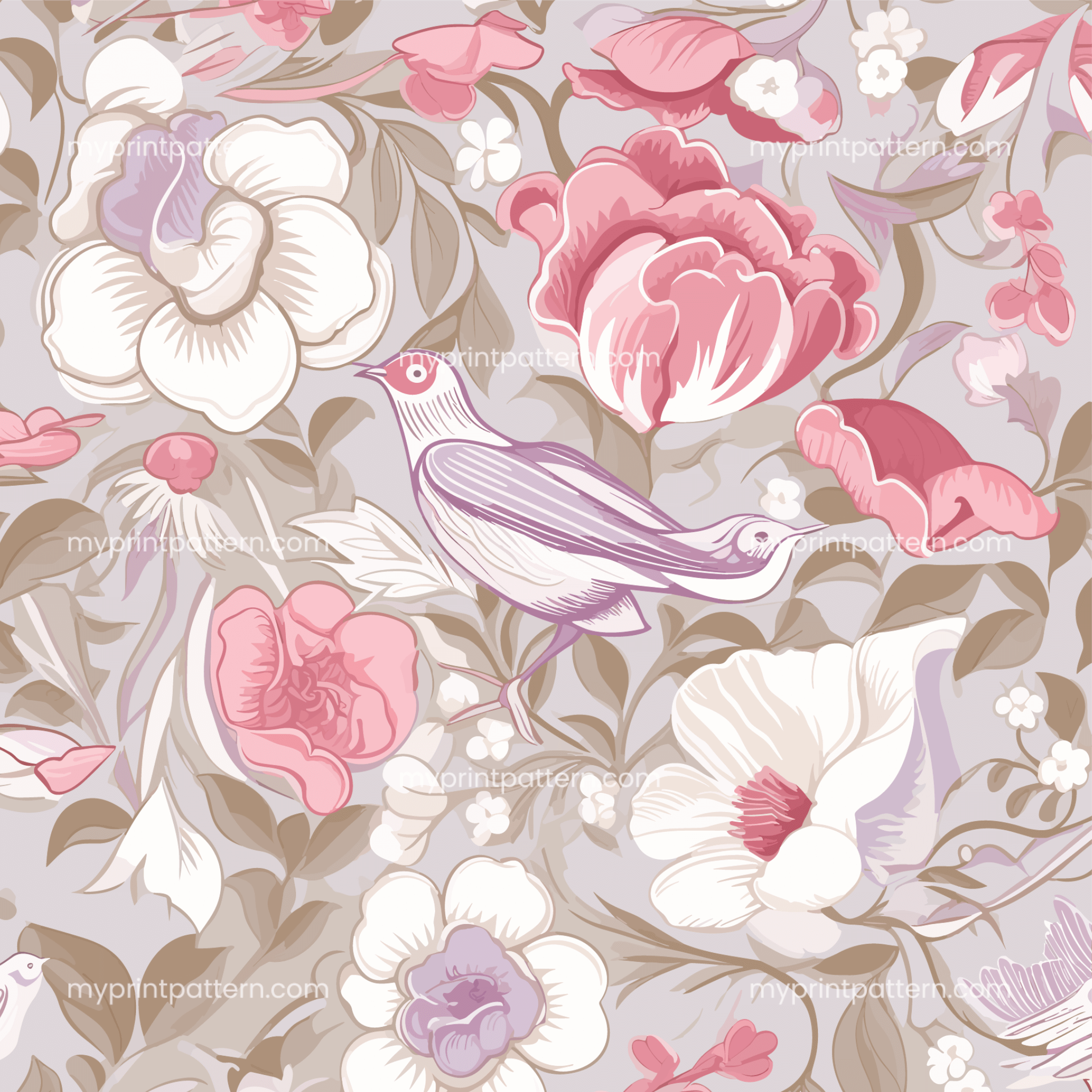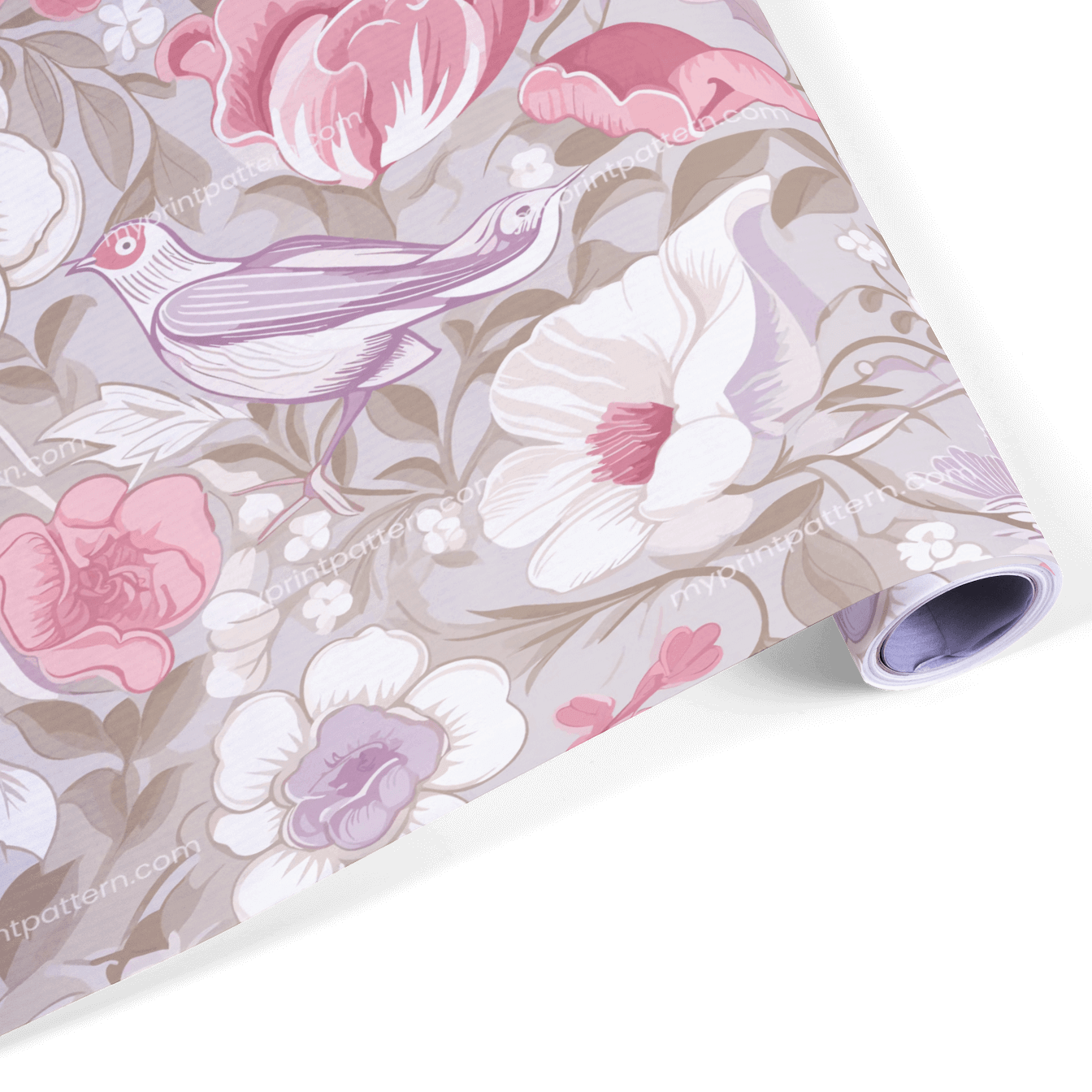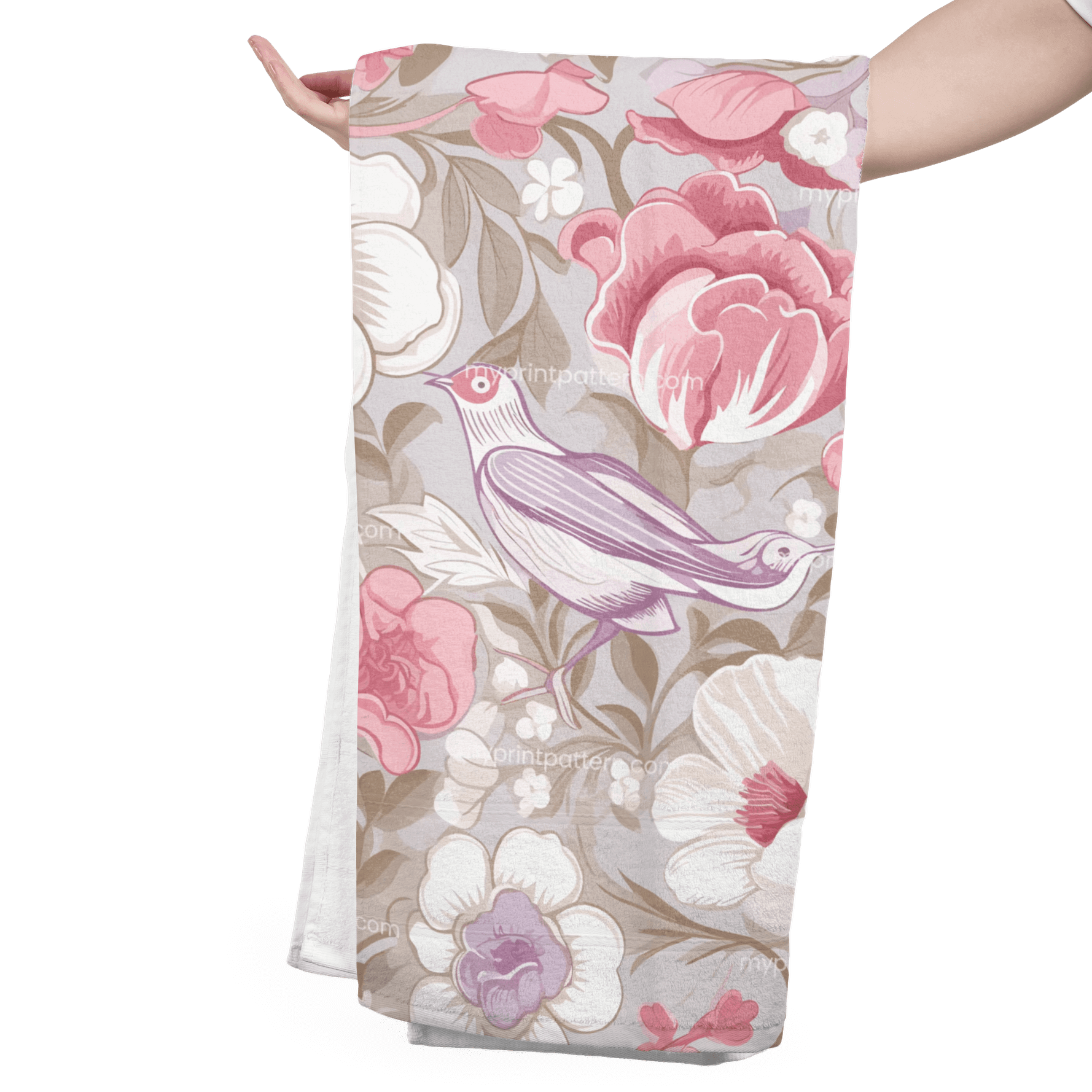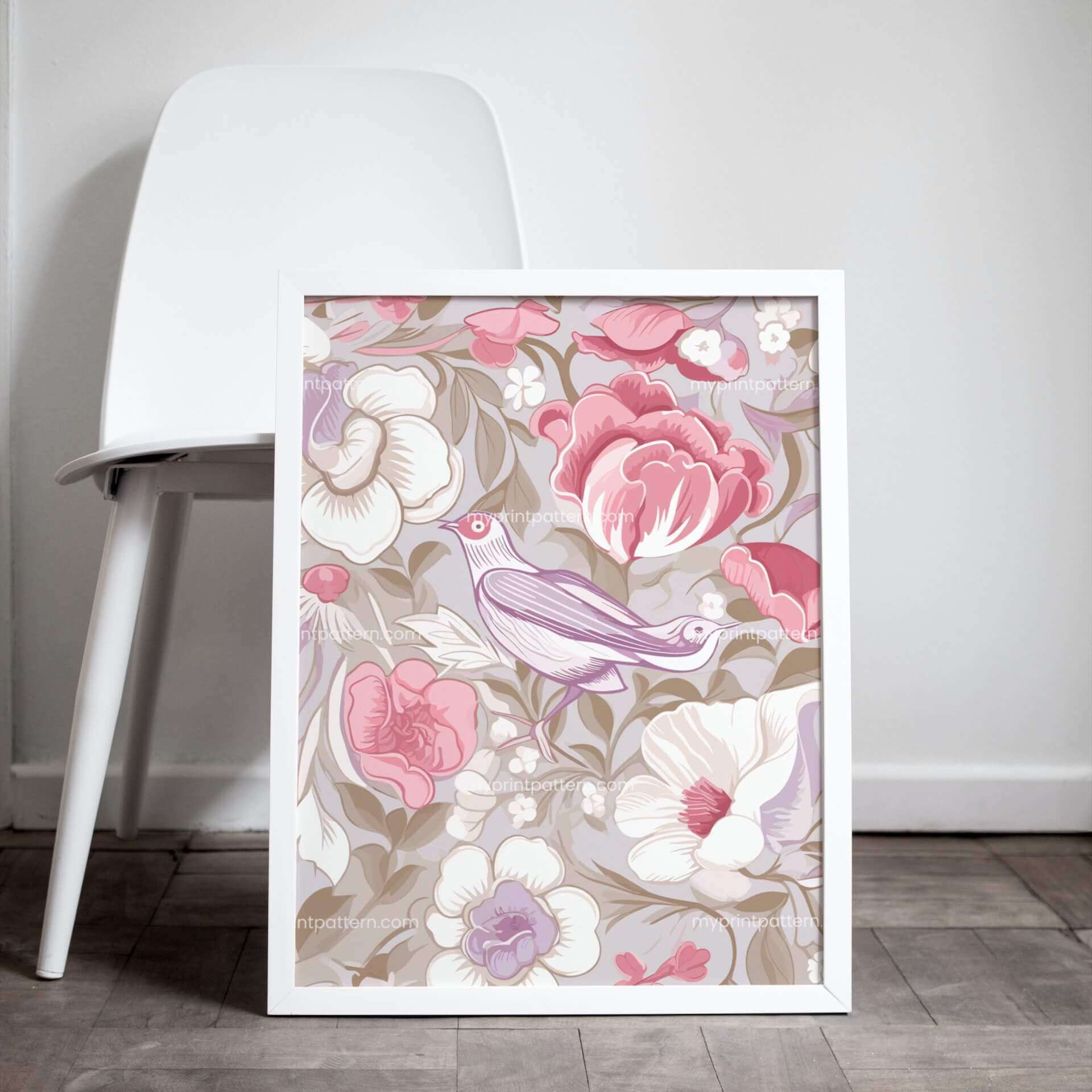Paisley Patterns: Discover The Timeliness Beauty – 100%!
Introduction
The Paisley print pattern, characterized by its teardrop-shaped motif known as boteh or buta, has been a symbol of elegance, culture, and history for centuries. Originating from Persian roots, this intricate design has traveled through time and across continents, leaving an indelible mark on fashion, art, and architecture. This chapter delves into the captivating world of Paisley, exploring its origins, its journey to the West, and its enduring significance in the world of design.
- Origins of Paisley: The Paisley pattern finds its roots in the ancient boteh design from Persia. This teardrop-shaped motif, reminiscent of a pine cone or an almond, became popular in the West during the 18th and 19th centuries [1]. The design’s journey to Europe was facilitated by the imports of post-Mughal Empire versions from India, especially in the form of Kashmir shawls. These designs were then replicated in the West, with the town of Paisley in Scotland becoming a prominent center for producing these patterns [2].
- Cultural Exchange and Popularity: The 18th and 19th centuries saw a vibrant cultural exchange between the East and the West. The British East India Company played a pivotal role in introducing Kashmir shawls adorned with Paisley patterns to England and Scotland [3]. These shawls became a fashion statement, leading to local replication and production. The name “Paisley” for the pattern is derived from the Scottish town that became Europe’s top producer of these designs during this period [4].
- Paisley’s Modern Resurgence: The 1960s witnessed a revival of the Paisley design, especially during the psychedelic era. Icons like The Beatles embraced the pattern, with John Lennon even painting his Rolls-Royce in a Paisley design [5]. This period, known for its cultural and artistic revolutions, saw Paisley becoming synonymous with bohemianism and the “summer of love.”
- Enduring Appeal: Today, Paisley continues to be a beloved pattern, finding its place in fashion runways, home decor, and even graphic design. Its intricate curves and rich history make it a timeless design, appealing to both traditional and modern aesthetics.
As we delve deeper into the subsequent chapters, we’ll explore the multifaceted world of Paisley – its history, cultural significance, and its influence on various art forms. From its Persian origins to its modern-day adaptations, the journey of Paisley is as intricate and captivating as the pattern itself.
Chapter 2: The Deep Roots of Paisley
The Paisley pattern, with its intricate swirls and teardrop motifs, has a rich tapestry of history that spans continents and cultures. From ancient civilizations to modern-day fashion runways, the Paisley design has been a symbol of elegance, culture, and artistry. This chapter delves into the origins, evolution, and cultural significance of this timeless pattern [6]:
- Ancient Beginnings: The origins of the Paisley pattern can be traced back to ancient Babylon in present-day Iraq, possibly dating as far back as 1700 BCE. Another theory suggests its origin from the city of Yazd in Iran, where the weaving of the traditional fabric called termeh often incorporated the Paisley (boteh) form. The design was also prevalent during the rule of the Sassanians in Persia between 200-650 AD.
- Symbolism and Interpretations: The Paisley motif, known as boteh in Persian, which translates to shrub or cluster of leaves, is a combination of a spray of floral elements and a cypress tree. Over time, the shape was also referred to as Buta almond or bud. This design is so integral to Azerbaijani culture that it’s considered their national symbol, representing fire and prominently featured in their vibrant woven carpets. The Paisley shape has been interpreted differently across cultures – from a mango or a sprouting date palm in India, symbolizing fertility, to a pine-cone in Russia.
- Evolution in Kashmir: The Paisley pattern saw significant evolution in the Kingdom of Kashmir. During Mughal Emperor Akbar’s reign (1556–1605), shawl-weaving production saw a surge, with influences from neighboring China, the Middle East, and India. These shawls initially showcased a curving flower with leaves, bearing a striking resemblance to Chinese calligraphy.
- European Introduction and the Name ‘Paisley’: The East India Company began importing Paisley shawls from Kashmir and Persia to Europe around 1800. These designs were tailored to cater to regional tastes, with European shawls often depicting exotic scenes. The geometric Paisley shape, as we recognize it today, was more prevalent in designs for Middle Eastern customers due to Islamic preferences against depicting recognizable natural objects. The town of Paisley in Scotland became a significant hub for shawl production, leading to the pattern being named ‘paisley’ after the town.
- The French Connection: In 1805, Joseph Marie Jacquard introduced a punch card system to looms in Lyon, revolutionizing the textile industry. This innovation, combined with the popularity of Paisley shawls brought back from Napoleon’s campaigns, led to a surge in Paisley shawl production in France.
- British Shawl Production: British production of woven shawls began in 1790 in Norwich, England, but saw a more significant rise in 1805 in Paisley, Scotland. Despite the higher prices of imported Kashmiri shawls, they remained popular due to their luxurious feel and superior weaving techniques.
The Paisley pattern, with its rich history and cultural significance, has stood the test of time. Its adaptability and universal appeal have made it a favorite across different eras and regions, from ancient civilizations to modern fashion houses.
Chapter 3: Paisley’s Cultural Tapestry
The Paisley pattern, with its intricate teardrop motif, has not only been a design element but also a cultural symbol, representing various beliefs, traditions, and historical moments across different civilizations. This chapter delves deeper into the cultural significance of the Paisley pattern, exploring its symbolism, its role in various societies, and its evolution as a cultural icon.
- Symbolism Across Cultures: The Paisley motif, known as boteh in Persian, has been interpreted differently across cultures. In its original Persian context, it represented a combination of a floral spray and a cypress tree, a Zoroastrian symbol of life and eternity. In Azerbaijan, the motif is a national symbol representing fire and is prominently featured in their woven carpets. In India, the pattern has been likened to a mango or a sprouting date palm, symbolizing fertility [7].
- Ancient Beginnings and Religious Ties: The Paisley pattern has ancient roots, with some scholars suggesting its origins in ancient Babylon, dating back to 1700 BCE. Others believe it originated from the city of Yazd in Iran, where the traditional fabric called termeh often incorporated the Paisley form. The ancient Indo-Iranian people, who shared the Zoroastrian religion, saw the Paisley shape as representing the cypress tree, an ancient Zoroastrian religious symbol [8].
- Evolution in Kashmir and Mughal Influence: The Kingdom of Kashmir played a pivotal role in the evolution of the Paisley pattern. During the reign of Mughal Emperor Akbar (1556–1605), shawl-weaving saw a significant boost, with influences from China, the Middle East, and India. These shawls showcased a curving flower with leaves, bearing a resemblance to Chinese calligraphy [9].
- Introduction to the West: The British East India Company introduced Paisley shawls from Kashmir and Persia to Europe in the 18th and 19th centuries. The town of Paisley in Scotland became a significant hub for shawl production, leading to the pattern being named ‘paisley’ after the town. The design was initially referred to as the pine and cone design in Western culture [10].
- Paisley in Art and Fashion Movements: The Paisley pattern became an integral part of various art movements. William Morris and the Arts-and-Crafts movement adapted the print, with artists like William Holman Hunt depicting Paisley textiles in their paintings. The pattern became synonymous with the Aesthetic Movement and the Art Nouveau Movement, representing sophisticated bohemianism [11].
- The 1960s Revival: The 1960s, especially the psychedelic era, saw a significant revival of the Paisley pattern. Icons like The Beatles embraced the design, with John Lennon even painting his Rolls-Royce in a Paisley pattern. The design became emblematic of the ‘summer of love’ and resonated with the hippy zeitgeist of the era [12].
- Paisley’s Global Influence: Today, the Paisley pattern is not just limited to textiles. It influences furniture designs, wallpapers, and even jewelry across the globe. Its intricate design and rich cultural history make it a favorite in various design disciplines, from fashion to interior design [13].
The Paisley pattern, with its deep cultural roots and universal appeal, continues to captivate and inspire. Its journey from ancient civilizations to modern-day design showcases its adaptability and timeless charm.
Chapter 4: Paisley’s Imprint on Architecture
The Paisley pattern, with its intricate curves and teardrop motifs, has not only adorned textiles but has also left a significant mark on architecture and interior design. From ancient palaces to modern homes, the Paisley design has been a symbol of luxury, culture, and artistry. This chapter explores the influence of the Paisley pattern in architecture, its significance in interior design, and its evolution as an architectural motif.
- Historical Significance: The Paisley pattern has its roots in ancient Persia, and its influence can be seen in various architectural marvels from that era. The design, with its intricate motifs, was often used to adorn palaces, mosques, and other significant structures, symbolizing luxury and opulence [14].
- Paisley in Western Architecture: The pattern made its way to the West in the 18th and 19th centuries, primarily through textiles. However, its popularity soon saw it being incorporated into architectural designs. The name ‘Paisley’ itself is derived from the textile-producing town of Paisley in western Scotland. The design was used to decorate interiors, from wallpapers to ceramics, adding a touch of luxury and sophistication to homes [15].
- Modern Interpretations: Today, the Paisley motif is not just limited to traditional structures. Modern architects and interior designers have embraced the pattern, using it in innovative ways. From wallpapers in contemporary homes to intricate designs in modern public buildings, the Paisley pattern adds a touch of elegance and history [16].
- Paisley in Interior Design: The whimsical motif of Paisley has found its way onto various interior design elements, from curtains to bedding. Brands like Anthropologie have introduced wallpapers with Paisley designs in vibrant colors, while others have incorporated the pattern into furniture, lamps, and even coin trays [17]. The design adds a touch of sophistication and a connection to a rich cultural history.
- Symbolism in Architecture: Legend has it that Paisley is a symbol of life and eternity [18]. This symbolism is often reflected in its use in architecture, where the design is used in spaces meant for reflection, relaxation, and connection to history.
- The Timeless Appeal: The Paisley pattern, with its rich history and universal appeal, continues to inspire architects and designers. Its adaptability ensures that it remains relevant, whether in a historical monument or a modern home.
The Paisley pattern, with its intricate design and deep cultural roots, has left an indelible mark on architecture and interior design. Its journey from ancient Persia to modern homes showcases its timeless appeal and adaptability.
Chapter 5: Paisley’s Influence on Artists and Art Movements
The Paisley pattern, with its intricate swirls and teardrop motifs, has not only been a design element in textiles and architecture but has also deeply influenced various artists and art movements. From the Pre-Raphaelites to modern-day musicians, the Paisley design has been a symbol of bohemianism, rebellion, and artistic expression. This chapter delves into the artists and art movements influenced by the Paisley pattern and its significance in the world of art.
- 19th Century and the Aesthetic Movement: The 19th century saw the Paisley pattern gaining a rebellious and progressive following. The design became an integral part of the Aesthetic Movement and the Art Nouveau Movement. Artists like William Morris and the Arts-and-Crafts movement adapted the print, with William Holman Hunt and other Pre-Raphaelites depicting sumptuous Paisley textiles in their paintings1. The pattern became synonymous with sophisticated bohemianism during this era.
- The Beatles and the Psychedelic Era: The 1960s, especially the psychedelic era, saw a significant revival of the Paisley pattern in the world of music. The Beatles, during their Eastern-influenced phase, were ardent fans of the Paisley design. Not only did they frequently don Paisley shirts and scarves, but John Lennon even painted his Rolls-Royce with the pattern [18]. The design became emblematic of the ‘summer of love’ and resonated with the hippy zeitgeist of the era.
- Paisley in Modern Music: The Paisley pattern continued to influence musicians beyond the 1960s. Oasis, a prominent band in the 1990s, had members who were fond of the Paisley design. Liam Gallagher, a member of Oasis, even founded a clothing brand, Pretty Green, dedicated to keeping the Paisley print alive2.
- Fashion Icons and Paisley: The Paisley design has been embraced by various fashion icons over the decades. From Queen and David Bowie in the past to modern-day celebrities like Victoria Beckham, the Paisley print has been a fashion staple [19]. High-end designers, including Dolce & Gabbana, Raf Simons, and Jil Sander, have incorporated the Paisley pattern into their collections in recent years.
- Paisley’s Timeless Appeal in Art: The Paisley pattern, with its rich history and cultural significance, continues to inspire artists across various disciplines. Its adaptability and universal appeal have made it a favorite, from paintings to fashion designs. The design’s intricate curves, rich history, and cultural significance make it a timeless motif in the world of art.
The Paisley pattern, with its intricate design and deep cultural roots, has left an indelible mark on the world of art. Its influence on various artists and art movements showcases its timeless appeal and adaptability.
Chapter 6: Paisley’s Resurgence in the Modern Fashion Industry
The Paisley pattern, with its teardrop motifs and intricate swirls, has been a recurring theme in the fashion industry for centuries. Its timeless appeal and rich history have made it a favorite among designers and fashion enthusiasts alike. In recent years, the Paisley design has experienced a resurgence, gracing the runways of high-end fashion brands and becoming a staple in contemporary fashion. This chapter explores the Paisley pattern’s influence in the modern fashion industry, its significance among designers, and its role in shaping contemporary fashion trends.
- A Timeless Classic: The Paisley pattern has played a defining role in fashion for over 2,000 years. From the luxurious Kashmir shawls of the past to today’s high-end collections, the Paisley design has remained a symbol of elegance and sophistication [20].
- High-End Fashion’s Embrace: Brands such as Saint Laurent, Burberry, Gucci, and Dolce & Gabbana have incorporated Paisley designs into their collections, showcasing the pattern’s versatility and timeless appeal. From suit jacket linings to neckties in men’s luxury accessories, the Paisley print continues to be a dominant force in the fashion industry [21].
- The 1960s and Paisley’s Popularity: The 1960s, especially the psychedelic era, marked a significant period for the Paisley pattern in fashion. Icons like The Beatles embraced the design, with John Lennon even painting his Rolls-Royce in a Paisley pattern. The design became emblematic of the ‘summer of love’ and resonated with the hippy zeitgeist of the era [22].
- Contemporary Fashion and Paisley: The Paisley pattern has seen periodic revivals in fashion. In the 1990s, bands like Oasis and Kula Shaker brought the design back into the limelight. Oasis’ Liam Gallagher even founded a clothing brand, Pretty Green, dedicated to preserving the Paisley print. Today, high-end designers, including Dolce & Gabbana, Raf Simons, and Jil Sander, continue to incorporate the Paisley pattern into their collections [23].
- Styling with Paisley: The Paisley pattern, with its vibrant colors and intricate design, can be a bold fashion statement. However, it offers versatility, allowing for both flamboyant and subtle styling. Whether it’s a full-print Paisley shirt or simply accessorizing with a Paisley scarf or tie, the design adds a touch of sophistication to any outfit [24].
- Paisley’s Future in Fashion: The Paisley pattern’s rich history, combined with its adaptability, ensures that it remains relevant in the ever-evolving world of fashion. Its influence on designers, its role in shaping fashion trends, and its timeless appeal suggest that the Paisley design will continue to be a dominant force in the fashion industry for years to come.
The Paisley pattern, with its intricate design and deep cultural roots, continues to inspire and shape the world of fashion. Its influence on designers, its adaptability, and its timeless charm make it a favorite in the ever-evolving fashion landscape.
Chapter 7: Paisley’s Pervasive Presence in Industry Usage
The Paisley pattern, with its teardrop-shaped motif and intricate designs, has not only been a favorite in the fashion industry but has also found its way into various other industries. Its rich history, cultural significance, and timeless appeal have made it a sought-after design in textiles, home décor, and even musical instruments. This chapter delves into the diverse industry usage of the Paisley pattern and its significance in shaping contemporary design trends.
- Textile and Fashion Industry: The Paisley pattern originated in India near Kashmir in the 11th century and quickly became associated with luxurious Kashmir shawls1. European textile manufacturers, recognizing the design’s appeal, began replicating the pattern, with the Scottish town of Paisley becoming a leading producer. Today, high-end fashion brands like Saint Laurent, Burberry, Gucci, and Dolce & Gabbana incorporate Paisley designs into their collections [25].
- Home Décor and Furnishings: Beyond fashion, the Paisley pattern has found its way into home décor. The design is commonly seen on wallpapers, curtains, bedspreads, and cushions. Its intricate design adds a touch of sophistication and elegance to any living space.
- Musical Instruments: The 1960s saw the Paisley design being embraced by the world of music. Notably, the guitar company Fender produced a pink paisley version of their Telecaster guitar, using paisley wallpaper on the guitar bodies [26]. This fusion of design and music showcased the pattern’s versatility and widespread appeal.
- Accessories and Miscellaneous Items: The Paisley pattern is prevalent in various accessories, from men’s ties and scarves to pocketbooks and jewelry [27]. Its adaptability ensures that it remains a favorite for accessory designers looking to add a touch of elegance to their creations.
- Digital and Graphic Design: With the advent of digital technology, the Paisley pattern has been adapted and reimagined in various digital designs. Graphic designers often incorporate the pattern into logos, website designs, and digital art, showcasing its timeless appeal in the modern digital age.
- Cultural and Ceremonial Significance: The Paisley design, with its roots in Persian and Indian cultures, holds significant cultural and ceremonial importance. It has been used to decorate royal regalia, crowns, and court garments, symbolizing luxury and elite status [28].
The Paisley pattern’s rich history, combined with its adaptability, has ensured its pervasive presence across various industries. From fashion runways to living room walls, the Paisley design continues to inspire and captivate, solidifying its place as a timeless and iconic pattern.
Chapter 8: Paisley’s Footprint in Diverse Industries
The Paisley pattern, with its intricate design and rich cultural significance, has transcended its origins in textiles to leave an indelible mark on a myriad of industries. From home décor to the world of music, the Paisley design has been a symbol of luxury, culture, and artistry. This chapter explores the diverse industry usage of the Paisley pattern, its significance in shaping contemporary design trends, and its role in various sectors [29]:
- Home Décor and Furnishings: The Paisley pattern has been a favorite in home décor for decades. Its intricate design and vibrant colors make it a popular choice for wallpapers, curtains, bedspreads, and cushions. Brands like Laura Ashley have been incorporating the Paisley design into their collections since the 1950s, showcasing its timeless appeal. The design brings a sense of the exotic into any collection, making it suitable for both minimalist and maximalist interiors.
- Fashion and Accessories: Beyond its origins in textiles, the Paisley pattern has been a staple in the fashion industry. Brands like Vera Bradley have embraced the design, incorporating it into colorful handbags and luggage. The pattern’s versatility ensures that it remains a favorite among designers, from high-end fashion brands to independent clothing labels.
- Music and Instruments: The Paisley design has had a significant influence on the world of music. Notably, the guitar company Fender produced a pink paisley version of their Telecaster guitar, using paisley wallpaper on the guitar bodies. This fusion of design and music showcased the pattern’s versatility and widespread appeal.
- Digital and Graphic Design: With the advent of digital technology, the Paisley pattern has been adapted and reimagined in various digital designs. Graphic designers often incorporate the pattern into logos, website designs, and digital art, showcasing its timeless appeal in the modern digital age.
- Cultural and Ceremonial Significance: The Paisley design holds significant cultural and ceremonial importance in various cultures. It has been used to decorate royal regalia, crowns, and court garments, symbolizing luxury and elite status.
The Paisley pattern’s rich history, combined with its adaptability, has ensured its pervasive presence across various industries. From home interiors to musical instruments, the Paisley design continues to inspire and captivate, solidifying its place as a timeless and iconic pattern.
Chapter 9: Paisley’s Influence in Modern Art
The Paisley pattern, with its intricate teardrop motif and swirling designs, has been a source of inspiration for artists for centuries. While its origins lie in textiles, the design has transcended its roots to influence various forms of art, from paintings to sculptures. This chapter delves into the Paisley pattern’s influence in modern art, exploring its significance among contemporary artists and its role in shaping modern artistic trends [30]:
- Paisley’s Transition from Textile to Canvas: The Paisley pattern, with its rich history and cultural significance, has always been a favorite among artists. Its intricate design and vibrant colors make it a captivating subject, allowing artists to explore its depths and nuances on canvas.
- Contemporary Artists and Paisley: Modern artists have embraced the Paisley design, incorporating it into various art forms. From abstract paintings to detailed illustrations, the Paisley pattern has been reimagined and reinterpreted in countless ways. Artists often use the design to explore themes of heritage, identity, and cultural fusion.
- Paisley in Sculptures and Installations: Beyond paintings, the Paisley design has influenced sculptures and installations. Artists have used the pattern to create three-dimensional pieces, exploring the design’s depth and layers. These sculptures often serve as a bridge between the past and the present, showcasing the Paisley pattern’s timeless appeal.
- Digital Art and Paisley: With the advent of digital technology, the Paisley pattern has found its way into digital art. Graphic designers and digital artists incorporate the design into their creations, using modern tools to give the traditional pattern a contemporary twist.
- Exhibitions and Art Shows: The Paisley pattern’s influence in modern art is evident in various exhibitions and art shows. Galleries often showcase pieces inspired by the design, highlighting its significance in contemporary art.
- The Future of Paisley in Art: The Paisley pattern, with its rich history and adaptability, is poised to continue influencing artists in the future. Its universal appeal and cultural significance ensure that it remains a favorite among artists, serving as a source of inspiration for generations to come.
The Paisley pattern, with its intricate design and deep cultural roots, continues to inspire and shape the world of modern art. Its influence on contemporary artists and its role in shaping artistic trends showcase its timeless appeal and adaptability.
Chapter 10: Paisley’s Mark on Product Design
The Paisley pattern, with its rich history and intricate design, has not been confined to textiles and art. Its influence has permeated various product designs, from home décor to digital interfaces. This chapter explores the Paisley pattern’s role in product design, its significance among contemporary designers, and its impact on consumer products.
- Wallpapers and Home Décor: The Paisley pattern has been a favorite in home décor for decades. Modern designers have embraced the design, incorporating it into wallpapers that add a touch of sophistication and elegance to any living space. Brands like MINDTHEGAP have created designer wallpapers inspired by the Paisley pattern, combining the impact of a mural with traditional wallpaper repeats [31].
- Fashion Accessories: Beyond its origins in textiles, the Paisley pattern has been a staple in the fashion industry. Brands have incorporated the design into various accessories, from handbags to scarves, showcasing its versatility and timeless appeal [32].
- Digital Interfaces and Graphics: With the advent of digital technology, the Paisley pattern has found its way into digital interfaces. Graphic designers often incorporate the design into logos, website designs, and digital art, using modern tools to give the traditional pattern a contemporary twist.
- Consumer Goods: The Paisley design has been used in various consumer goods, from stationery to kitchenware. Its intricate design and vibrant colors make it a popular choice for products that aim to combine functionality with aesthetics.
- Customization and Personalization: The Paisley pattern’s adaptability ensures that it remains a favorite among designers. Brands often offer customization options, allowing consumers to incorporate the Paisley design into products, reflecting their personal style and preferences [33].
- The Future of Paisley in Product Design: The Paisley pattern’s rich history, combined with its adaptability, suggests that it will continue to influence product design in the future. Its universal appeal and cultural significance ensure that it remains a favorite among designers and consumers alike.
The Paisley pattern, with its intricate design and deep cultural roots, continues to shape the world of product design. Its influence on contemporary designers and its role in shaping product trends showcase its timeless appeal and adaptability.
Chapter 11: Paisley’s Cultural Resonance in Events and Festivals
The Paisley pattern, with its intricate design and rich history, has not only influenced art, fashion, and design but has also found its way into cultural events and festivals. Its universal appeal and cultural significance have made it a favorite theme for various events, from music festivals to art exhibitions. This chapter delves into the Paisley pattern’s influence in cultural events and festivals, exploring its significance among event organizers and its role in shaping contemporary cultural narratives.
- Celebration 2023 at Paisley Park: Paisley Park, the home and studio of the legendary musician Prince, hosts an annual gathering known as Celebration. This event brings together fans from all over the world to honor Prince’s life, creative works, and outstanding legacy. The number 7, which was incredibly important to Prince, plays a significant role in the event, with the 2023 Celebration marking 7 years of uplifting Prince’s legacy and preserving his artistic output [34].
- PaisleyMake Festival: The PaisleyMake Festival of Creativity and Design is a celebration that underscores the vibrant cultural scene associated with the Paisley pattern. Events like this highlight the design’s cultural significance and its influence on contemporary art and design [35].
- Unboxed Festival: The Unboxed Festival, which took place in 2022, treated the whole of Britain as a venue, with one of its major multi-site projects launching in Paisley. The festival aimed to reconnect people and satisfy the public’s desire to experience events in person. Paisley’s cultural significance was evident in the festival’s choice of location and themes [36].
- Paisley in Art Exhibitions: The Paisley pattern’s influence extends to art exhibitions, where artists showcase pieces inspired by the design. These exhibitions often serve as a bridge between the past and the present, highlighting the Paisley pattern’s timeless appeal and cultural significance.
- The Future of Paisley in Cultural Events: The Paisley pattern’s rich history and adaptability suggest that it will continue to influence cultural events and festivals in the future. Its universal appeal ensures that it remains a favorite theme among event organizers, serving as a source of inspiration for generations to come.
The Paisley pattern, with its intricate design and deep cultural roots, continues to shape the world of cultural events and festivals. Its influence on contemporary events and its role in shaping cultural narratives showcase its timeless appeal and adaptability.
Chapter 12: Paisley’s Global Cultural Resonance
The Paisley pattern, with its teardrop motif and intricate design, has transcended its origins to become a symbol recognized and revered across various cultures worldwide. From its roots in the Kashmir Valley to its adoption in European fashion and its significance in global events, the Paisley design has become a genuinely global motif. This chapter delves into the Paisley pattern’s cultural resonance across the world, exploring its significance in various cultures and its role in shaping global cultural narratives.
- Origins in the Kashmir Valley: The history of the Paisley pattern, known as Buta or Buti (meaning a little flower) in India, is closely linked to the history of Kashmiri Shawls. These shawls, known for their softness and warmth, have been coveted since time immemorial. The design’s origins can be traced back to the 11th century, with the wool for these shawls coming from the undercoat of the Changthangi goat found in the high reaches of the Ladakhi plateau [37].
- Paisley and The Beatles: The 1960s saw the Paisley design gain global recognition, thanks in part to The Beatles. The band’s trip to Rishikesh, India, in 1968, saw them donning bright, crescent-shaped, block-printed garments with the Paisley design, further popularizing the pattern [38].
- Paisley’s Global Interpretations: The Paisley design has been interpreted differently across various cultures. In mainland China, the design is likened to a taijitu, symbolizing yin and yang. In Europe, it has been compared to a kidney, a cucumber, or a peacock’s feather. However, its original name, boteh jegheh, simply means “ancient symbol” [39].
- Cultural Appropriation and Paisley: The Paisley pattern’s global popularity has also raised questions about cultural appropriation. Its prominence in European fashion, despite its origins in the Kashmir Valley, has led to discussions about the pattern’s true origins and its representation in global fashion [40].
- Paisley’s Future in Global Culture: The Paisley pattern’s rich history and universal appeal suggest that it will continue to influence global culture in the future. Its significance in various cultures and its role in shaping global cultural narratives ensure that it remains a symbol recognized and revered worldwide.
The Paisley pattern, with its intricate design and deep cultural roots, continues to shape global culture. Its influence on various cultures and its role in shaping global cultural narratives showcase its timeless appeal and adaptability.
Chapter 13: Paisley’s Presence in Literature and Media
The Paisley pattern, with its intricate design and rich cultural significance, has not only influenced art, fashion, and design but has also made its mark in literature and media. Its universal appeal and cultural significance have made it a recurring motif in various literary works, films, and other media. This chapter delves into the Paisley pattern’s influence in literature and media, exploring its significance among authors, filmmakers, and media personalities.
- Literary References: The Paisley pattern has found its way into various literary works, from novels to short stories. Authors have used the design as a symbol, a backdrop, or even as a central theme, showcasing its versatility and cultural significance.
- Paisley in Films and Television: The Paisley design has also influenced films and television shows. From costume designs to set decorations, the pattern has been used to evoke a sense of nostalgia, cultural identity, or even as a symbol of rebellion.
- Media Personalities and Paisley: The Paisley pattern’s influence extends to media personalities who have embraced the design in their personal style. Its vibrant colors and intricate design make it a popular choice among celebrities and influencers, further popularizing the pattern.
- The Future of Paisley in Literature and Media: The Paisley pattern’s rich history and universal appeal suggest that it will continue to influence literature and media in the future. Its significance in various cultures and its role in shaping cultural narratives ensure that it remains a symbol recognized and revered in literary and media circles.
The Paisley pattern, with its intricate design and deep cultural roots, continues to shape the world of literature and media. Its influence on authors, filmmakers, and media personalities showcases its timeless appeal and adaptability.
Chapter 14: Paisley’s Rhythms in Music and Album Covers
The Paisley pattern, with its intricate swirls and teardrop motifs, has not only influenced textiles, art, and design but has also left an indelible mark on the world of music. Its cultural resonance and universal appeal have made it a popular motif for album covers, representing a blend of tradition and modernity. This chapter explores the Paisley pattern’s influence in music, particularly its presence on album covers, and its significance among musicians and artists.
- Paisley’s Resurgence in the 1960s: The 1960s, a decade marked by cultural revolutions and musical experimentation, saw the Paisley design gain significant traction. Bands and artists, influenced by Eastern philosophies and the burgeoning hippie movement, embraced the Paisley pattern, incorporating it into their album covers and stage designs.
- Iconic Album Covers with Paisley: Several iconic albums have featured the Paisley design, either as a central motif or as a background pattern. Some notable albums include:
- Abdul, Malik – Ahmed – RCA LSP-2015
- Byrds – Columbia CL 2549
- Pink Floyd – Tower ST-5093
- Prince – WB W9062 (UK)
- Rolling Stones – London NP-2 [41]
- Paisley and Psychedelic Rock: The Paisley pattern’s intricate design and vibrant colors made it a favorite among psychedelic rock bands. Its swirling motifs and teardrop shapes resonated with the era’s ethos of exploration and self-discovery.
- Paisley’s Influence on Modern Artists: The Paisley design continues to influence modern artists and bands. Its timeless appeal and cultural significance make it a popular choice for album covers, merchandise, and stage designs.
- The Future of Paisley in Music: The Paisley pattern’s rich history and universal appeal suggest that it will continue to influence the world of music. Its significance in various cultures and its role in shaping musical narratives ensure that it remains a symbol recognized and revered in musical circles.
The Paisley pattern, with its intricate design and deep cultural roots, continues to shape the world of music. Its influence on musicians, artists, and album covers showcases its timeless appeal and adaptability.
Chapter 15: DIY with Paisley Patterns: Creative Use Cases
The Paisley pattern, with its intricate teardrop motif and swirling designs, has been a source of inspiration for DIY enthusiasts for years. Its versatility and timeless appeal make it a favorite for various DIY projects, from home decor to fashion accessories. This chapter delves into the myriad ways the Paisley pattern can be incorporated into DIY projects, offering readers a chance to infuse a touch of this classic design into their creations.
- Painted Paisley Stones: One of the most delightful ways to bring the Paisley pattern into your surroundings is by painting it on stones. These painted stones can serve as decorative pieces in gardens, potted plants, or even as paperweights. Using smooth river rocks as a canvas, you can paint them black as a base and then adorn them with vibrant Paisley patterns using metallic paints. Once the design is complete, sealing the stones with a protective layer ensures their longevity [42].
- Paisley Wall Stencils: If you’re looking to make a bold statement in your living space, Paisley wall stencils might be the answer. These stencils allow you to paint the Paisley design on walls, giving the appearance of wallpaper without the permanence. Whether it’s a feature wall in your living room or a cozy corner in your bedroom, Paisley stencils can transform any space.
- Paisley Fabric Crafts: The Paisley pattern can also be incorporated into fabric crafts. Whether it’s sewing Paisley-patterned cushions, creating quilts, or designing clothing items, the design adds a touch of elegance and sophistication.
- Paisley Jewelry: For those who love accessories, Paisley-patterned jewelry is a must-have. From earrings to pendants, the design can be incorporated using various techniques like beadwork, metalwork, or even clay modeling.
- Paisley Home Decor: Beyond walls and fabrics, the Paisley pattern can be introduced into various home decor items. Think of Paisley-patterned lampshades, coasters, or even table runners. The design adds a touch of class and intricacy to any item.
- Tips for DIY with Paisley:
- When painting or crafting with the Paisley pattern, it’s essential to maintain the design’s intricacy. Using fine brushes or tools can help achieve this.
- Mixing and matching colors can give a contemporary twist to the traditional Paisley design.
- For those new to the Paisley pattern, starting with smaller projects like stones or jewelry can be a good way to get acquainted with the design.
The Paisley pattern, with its rich history and cultural significance, offers endless possibilities for DIY enthusiasts. Its adaptability ensures that it remains a favorite for various projects, allowing individuals to infuse a touch of tradition and elegance into their creations.
Conclusion
As we journeyed through the intricate swirls and teardrop motifs of the Paisley pattern, one thing became abundantly clear: Paisley is not just a design; it’s a global phenomenon. From its humble beginnings in the Kashmir Valley to its iconic presence on the world stage, Paisley has woven its way into the very fabric of our global culture.
Throughout history, this mesmerizing pattern has transcended borders, bridging the gap between East and West. It has adorned the robes of royalty, inspired legendary musicians, and found its way into the homes and hearts of millions. Whether it’s the vibrant textiles of India, the chic fashion statements of Europe, or the DIY crafts of a passionate artist, Paisley’s presence is ubiquitous.
Its adaptability is perhaps its most significant strength. In art, it has been a canvas for expression; in music, a symbol of a cultural revolution; and in design, a testament to timeless elegance. The Paisley pattern has been reinterpreted, reimagined, and reinvented countless times, yet it never loses its essence.
But beyond its visual appeal, Paisley tells a story—a story of trade, migration, and cultural fusion. It’s a narrative of how a simple design can become a symbol of identity, heritage, and global unity. In today’s world, where boundaries are increasingly blurred, and cultures continuously intersect, Paisley stands as a reminder of the beauty of diversity and the power of unity.
As we conclude our exploration, it’s evident that the Paisley pattern’s journey is far from over. Its rich history and universal appeal ensure that it will continue to inspire, captivate, and unite people across the globe. The Paisley pattern, with its intricate design and deep cultural roots, is not just a testament to the past but a beacon for the future, reminding us of the threads that bind us all.





